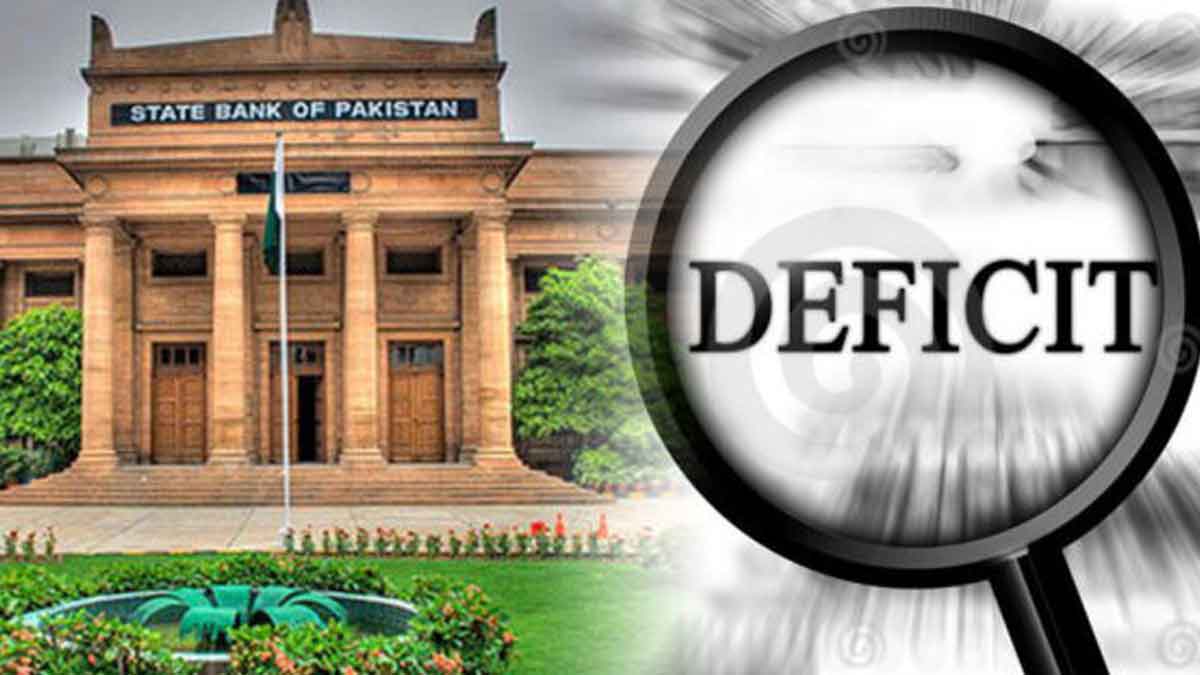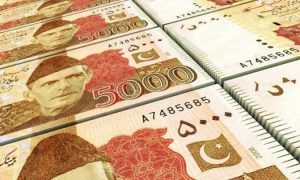The current account deficit (CAD) of Pakistan has reduced by 68% to $3.8 billion in the first eight months of FY23 compared to $12 billion during the same period last year. February showed a positive sign as the CAD decreased to $74 million, which is the lowest monthly deficit recorded since February 2021. The YoY basis shows a decline of 86% in the deficit. This fall in CAD can be attributed to a decrease in imports, with no significant increase in exports or inflows.
Tahir Abbas, Head of Research at Arif Habib Limited, stated that the decrease in the deficit was primarily due to a 24% fall in total imports. However, total exports and remittances also decreased by 19% and 9% YoY, respectively.
Despite the improvement in the external front of the country’s economy, the government is still unable to meet the CAD due to poor foreign exchange reserves. In FY22, the CAD stood at 17.4 billion, and experts predict that it could be around $6 billion in FY23.
The International Monetary Fund (IMF) has been urging the government to arrange the amount required to meet the current account deficit by the end of FY23. Pakistan has received support from China, which provided two tranches of $700 million and $500 million to improve the country’s foreign exchange reserves, which stood at $4.3 billion as of March 10, 2023.
Due to political uncertainties, friendly countries are reluctant to extend loans as they fear Pakistan may default, and their money could get stuck. The government has met all IMF conditions by increasing the interest rate to 20%, resulting in higher inflation of 30%, which has crippled the country’s trade and industry.
Read More: IMF Sets Record Straight: No Connection Between Loan Program and Pakistan’s Nuclear Weapons
To bring the fiscal deficit under control, the government has reduced the development budget, slowing down the economic growth and creating joblessness in the country. The balance of payments remains under threat since the government is unable to increase exports, with imports standing double than exports during the July-Feb period.
Imports of goods in the first eight months of FY23 were $37.88 billion, while exports during the same period were $18.639 billion. The import of services during this period was $5.118 billion against the export of services at $4.778 billion. Despite the significant decline in the current account deficit, the government is still unable to meet the deficit due to a large trade deficit. The balance of trade in goods and services during the first eight months of FY23 was in deficit with $19 billion compared to $29.8 billion last year.



























